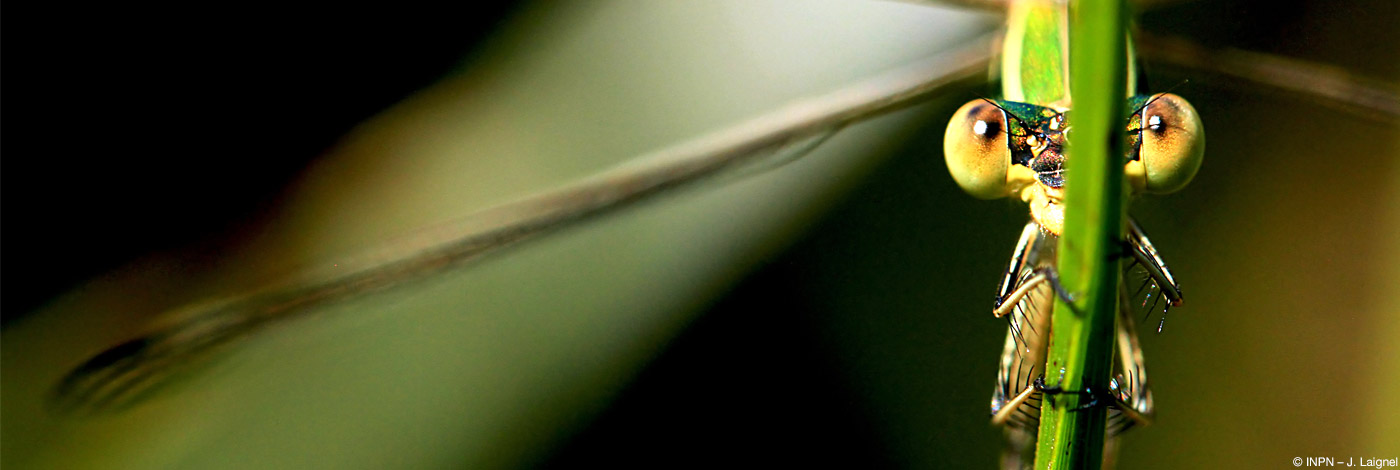

 Naturae
2024 (7) - Pages 121-141
Naturae
2024 (7) - Pages 121-141The French National Red List is a collaborative approach to assess the extinction risk of species on French territories. It is based on the International Union for Conservation of Nature (IUCN methodology and uses the best available information, including grey and scientific literature, raw data and expert opinion. The assessment process includes evaluation workshops where assessors and experts validate the results. The National Red List is not just a register of names and associated threat categories. It is also a rich compendium of information on the threats to the species. To better understand these threats, we have harmonised and consolidated them in a database according to a reference classification developed by the Conservation Measures Partnership and the IUCN.This article presents the first analysis of human activities and processes negatively impacting threatened species in metropolitan France. Information on threats has been collected for more than 700 threatened species of flora and fauna assessed between 2008 and 2020. Habitat loss due to urbanisation, industrial development, agriculture, energy production, mining and other ecosystem modifications appears to be the main threat to terrestrial species. For marine species, the main direct or indirect threat is fishing and harvesting aquatic resources. These results were then cross-referenced with 1.7 million occurrence data of the national biodiversity inventory (INPN) between 1980 and 2020 to provide an initial mapping of threatened species in France. This map highlights the areas of high species richness, notably the mountain ranges and the Mediterranean region, in particular the southeast, and also the Loire and the Rhône valleys. It also reflects the gaps in the national inventory, particularly in certain areas in the west and southwest of the country. Finally, we performed an exploratory spatial analysis of two types of threats (pollution and vegetation encroachment) based on the distribution patterns of threatened species. The objective is to help identify areas which are more vulnerable to these threats and at stake in terms of conservation.